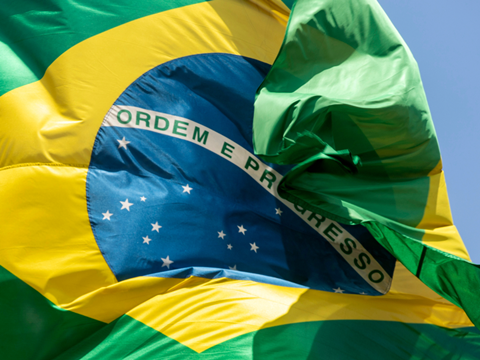
Under a new Brazilian law, market operators must participate in a reverse logistics system for primary, secondary, and tertiary plastic packaging from January 2026 – meeting targets for 22% recycled content and a 32% recovery rate next year.
Decree No. 12,688 holds manufacturers, distributors, importers, traders, and management entities responsible for the collection and recycling of their plastic packaging, including plastic cutlery, via approved systems. Companies are given the choice to engage in a collective model – i.e., a collaborative approach overseen by a managing entity – or an individual model in which the reverse logistics system is handled within one company.
In any case, the system may integrate solutions like voluntary delivery points, processing points, sorting units (whether manual, semi-mechanized, or fully automated), manufacturing units for post-consumer recycled resins, the sale of post-consumer plastic packaging, and collection campaigns.
Among other measures, participants are expected to set up a financial mechanism to fund their reverse logistics system; generate educational materials to support the system’s implementation; install delivery points with clear guidance as to which packaging can and cannot be returned, with alternative and ‘environmentally appropriate’ disposal provided for the latter; and monitor and evaluate the success of their systems.
Manufacturers must consider recyclability, durability, and other aspects of the circular economy in their plastic packaging design. Consumers should be provided with instructions to clean, separate, and return their used packaging separately from non-returnables, while traders and distributors must store returned packaging in their establishments until it can be transported for appropriate disposal.
Alongside importers, manufacturers are also held responsible for transporting collected packaging to wholesalers, sorting systems, or recyclers. Waste operators hired by companies or management entities must process used packaging by washing it, removing impurities, separating labels, seals and lids, and sending the waste for repackaging or recycling.
Responsible parties must also use SINIR to report on their compliance with the law over the previous year and declare the results of their reverse logistics system – namely, the mass of plastic packaging sent for reuse, recycling, and other disposal methods in comparison with the amount placed on the market.
The law sets national recovery targets of 32% for 2026, 37% by 2030, and 50% by 2040. For every 5% of returnable packaging collected, the recovery target for manufacturers and importers will be reduced by 1%, up to a limit of 50% of the target.
At the same time, companies will be held to recycled content targets of 22% by 2026, 30% by 2030, and 40% by 2040. This will apply to large companies from January 2026 and SMEs from July 2026, but companies in sectors with their own specific regulations, including food packaging, will be exempt.
As a whole, the reverse logistics system approach intends to encourage manufacturers to consider the circular economy and reduce environmental impact in their packaging design by embracing reuse, recyclability, returnability, and recycled content. At the same time, it aims to improve collection infrastructure, make recycled and recyclable materials more widely available, and promote the reuse of plastic materials via information campaigns and environmental education.
Click here to read the full legal text.
In the EU, the European Commissioner for Environment, Water Resilience and a Competitive Circular Economy, Jessika Roswell, spoke at the European Policy Centre about the Circular Economy Act. She argues that the EU is “still almost 90% linear” and underscored that “we need to get the economics right and create a Single Market for secondary raw materials.”
The European Parliament is also undertaking a second reading of the 2023/0373(COD) regulation, which addresses plastic pellet losses across the supply chain. The Rethink Plastic Alliance and other organizations approve of its overall goal but express concerns about its slow implementation and exemptions for SMEs.
If you liked this story, you might also enjoy:
The ultimate guide to the Packaging and Packaging Waste Regulation in 2025
How are the top brands progressing on packaging sustainability?
Everything you need to know about global packaging sustainability regulation in 2025
The key to increasing the use of reusable packaging in supermarkets

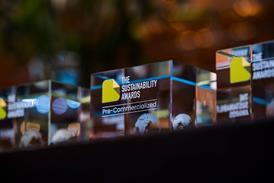

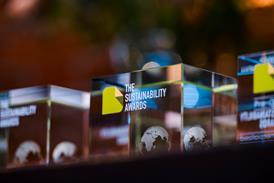
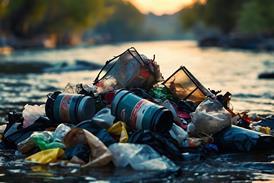
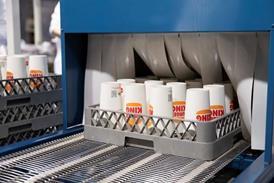












No comments yet